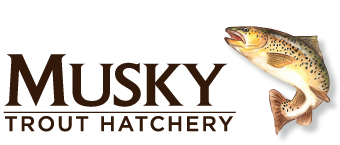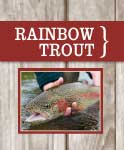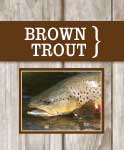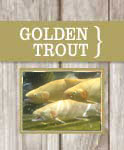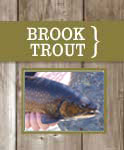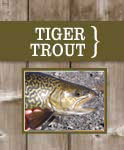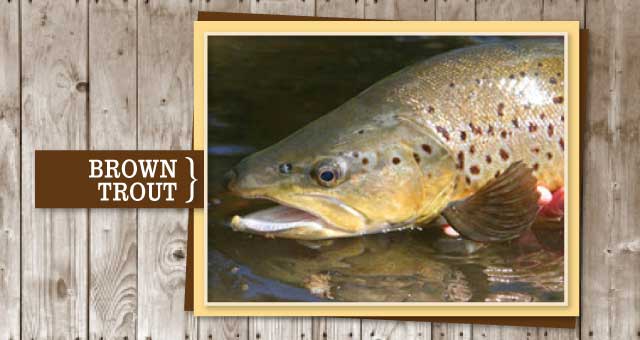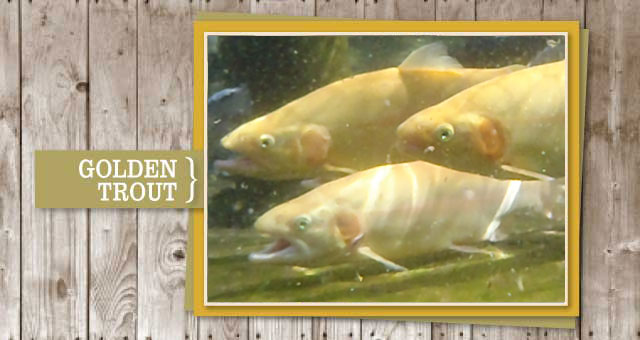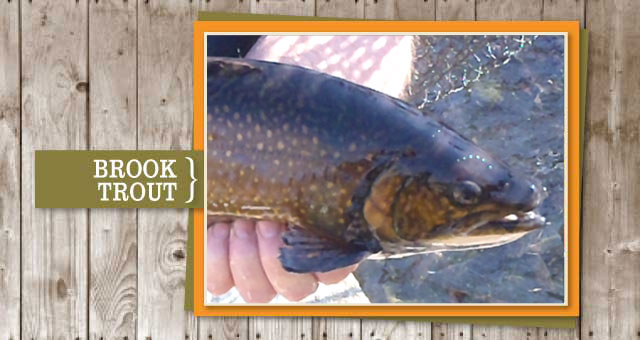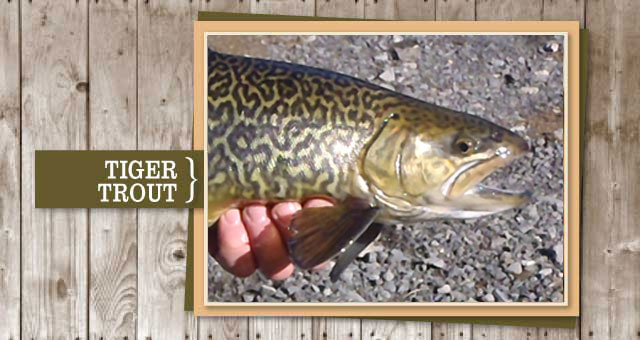Rainbow Trout
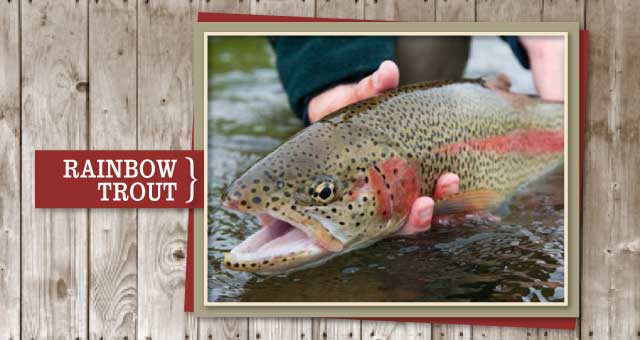
Description: Rainbow trout have the typical trout-shape with an adipose fin, and a squarish tail that has black spots throughout. The rainbow trout has 10-12 anal rays and a white mouth and gums.
Similar Fish: Golden trout, cutthroat trout
Feeding Habits: Rainbow trout are mainly meat eating fish. They feed on a wide variety of prey including insects, crustaceans, mollusks, fish and fish eggs.
Range: Rainbow trout are native to North America west of the Rockies from Alaska into northwestern Mexico. Introductions have extended the range to include the Great Lakes region, south central Canada and portions of the Great Plains east of the Rockies, and southwestern Mexico.
Habitat: Rainbows are considered fastwater fish, preferring the swift runs and riffle areas of streams. They may live in small creeks, as well as suitable spots in large rivers, the tailwaters of dams, and in lakes and reservoirs. As trout, rainbows live in cold, clean, well-oxygenated water.
Typical Size: Adult rainbow trout average 20 to 23 inches in length and weigh 4 to 8 pounds. Great Lake rainbows can live 6 to 8 years while most small-stream rainbows only live 3 to 4 years.
World Record: 42 pounds, 2 ounces (Source - IGFA)
